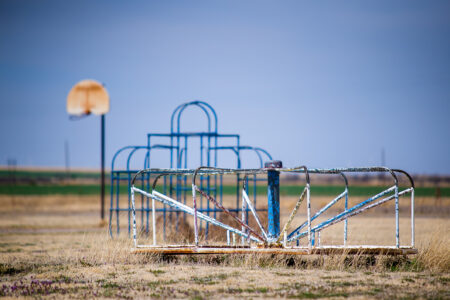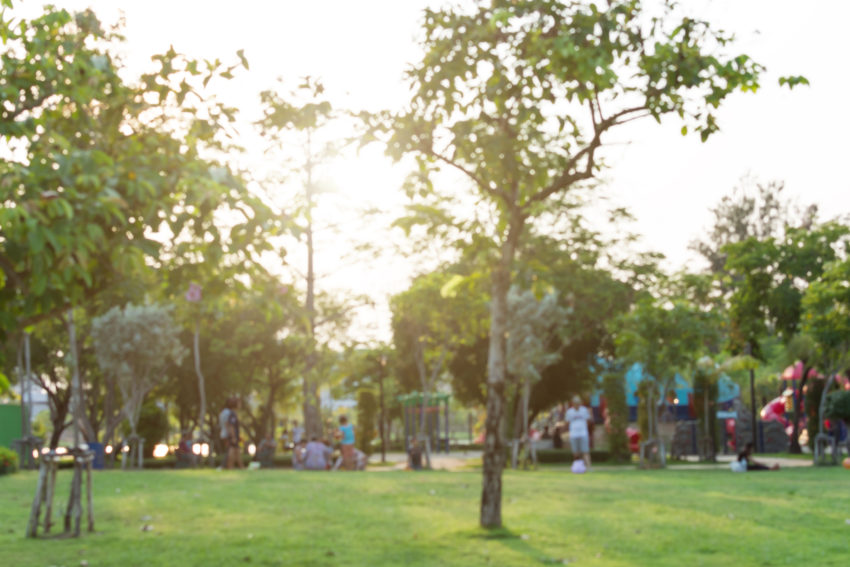
Share On Social!
Fewer than 40% of San Antonio residents are within a 10-minute walk of a park.
Better local access to green spaces is critical, given that exposure to nature can boost children’s academic performance, physical activity and mental health.
That’s why San Antonio has joined the Cities Connecting Children to Nature Initiative.
The initiative, which started in 2016 as a pilot project to increase equitable access to nature in seven cities, expanded to include 11 more cities in 2018. As one of the 11, San Antonio will get 2.75 years of technical assistance and $75,000 in planning and implementation grants.
But just how will San Antonio increase kids’ connection to nature?
San Antonio Lacks Access to Parks
Most of the U.S. population lives in urban areas, where inequitable community design and transportation planning have restricted access to nature in disadvantaged areas.
Communities of color, like San Antonio (63.3% Latino), consistently have the fewest parks and recreational facilities, according to a Salud America! research review.
In fact, of the nation’s 100 most populated cities, San Antonio, Texas ranks 69th for their park system, according to the Trust for Public Land 2017 ParkScore Index.
ParkScore rank is based on park access, park size, and facilities and investment.
Of course, the issue of park access doesn’t fall solely on the shoulders of parks departments.
Safe routes to walk or bike to parks are an important component of park access, as is public transit, particularly for youth and seniors.
To most effectively improve park access, city leaders, for example, should work with transportation, planning, parks, and public health departments to address safety concerns and guide investment in sidewalks, bike lanes and public transit, particularly in underserved areas. Of course, health, sustainability and equity departments should also be included.
Schools can help, too. Schools can improve and green their schoolyards and open them for public use, which is known as a joint or shared use agreement. San Antonio Sports, for example, has improved over 16 school parks. Additionally, school policies can support the inclusion of outdoor learning in the curriculum.
Comprehensive strategies prioritizing access to nature can complement and reinforce early childhood development and social and emotional learning; physical activity and health initiatives; outdoor play, environmental stewardship, and a lifelong interest in nature; and increased creativity, self-esteem, and academic achievement.
That’s how the Cities Connecting Children to Nature Initiative came about.
Cities Connecting Children to Nature
The Cities Connecting Children to Nature Initiative—a partnership between the National League of Cities and Children & Nature Network supported by The JPB Foundation—started a pilot project in 2016 to increase equitable access to nature in seven cities, including Austin, Texas.
The initiative provided technical assistance, training, extensive resources and documentation, and peer learning opportunities to increase children’s connection to nature.
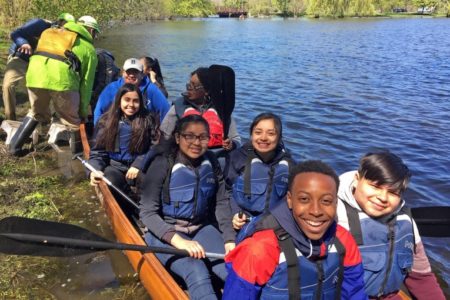
It helped to bring green schoolyards to Austin, Texas; a canoeing program to students in Grand Rapids, Michigan and Saint Paul, Minnesota; and a family camping program to families in San Francisco, California.
“In San Francisco, the Cities Connecting Children to Nature initiative and Let’s Move! Outside provide the foundation for a collective focus on access and equity in nature, and reinforce pathways for organizational partnerships that create and support life-changing experiences for underserved families,” Tracy Mucky, project manager for Let’s Move Outside San Francisco, wrote in a guest blog on Cities Speak.
It was a big success.
“The work we have accomplished and the work yet to do would not be possible with the support and technical assistance of the Cities Connecting Children to Nature initiative of National League of Cities and Children & Nature Network,” St. Paul Mayor Chris Coleman wrote in a guest blog on Cities Speak.
In December 2017, the Cities Connecting Children to Nature Initiative opened a second round of applications.
This time, eligibility criteria required a strong mayoral commitment, a broad set of city agencies and partners, and an emphasis on increasing access for low-income residents and people of color.
San Antonio Mayor Ron Nirenberg agreed to the mayoral commitment. Joined by a broad set of partners, they applied.
San Antonio was selected in February 2018, along with 10 other cities.
These 11 cities will build on the strategies used in the initial seven pilot cities, like shared-use green schoolyards, early childhood nature play spaces, NatureSmart Libraries, and green career pathways.
The grant provides technical assistance to help collect data, analyze local assets and opportunities, plan tailored strategies, and prioritize increasing equitable access in disadvantaged areas, as well as monthly calls, annual cohort meetings, and leadership summits.
The purpose is to create sustainable strategies to provide youth from the urban core equitable access to green spaces and quality nature programming.
The planning phase began in February 2018 and will continue through October 2018, to include stakeholder input meetings, community feedback sessions, and data collection. The implementation phase will occur November 2018 through October 2020.
Salud America! Joins San Antonio’s Efforts
We were thrilled to be invited to participate in the first stakeholder input session.
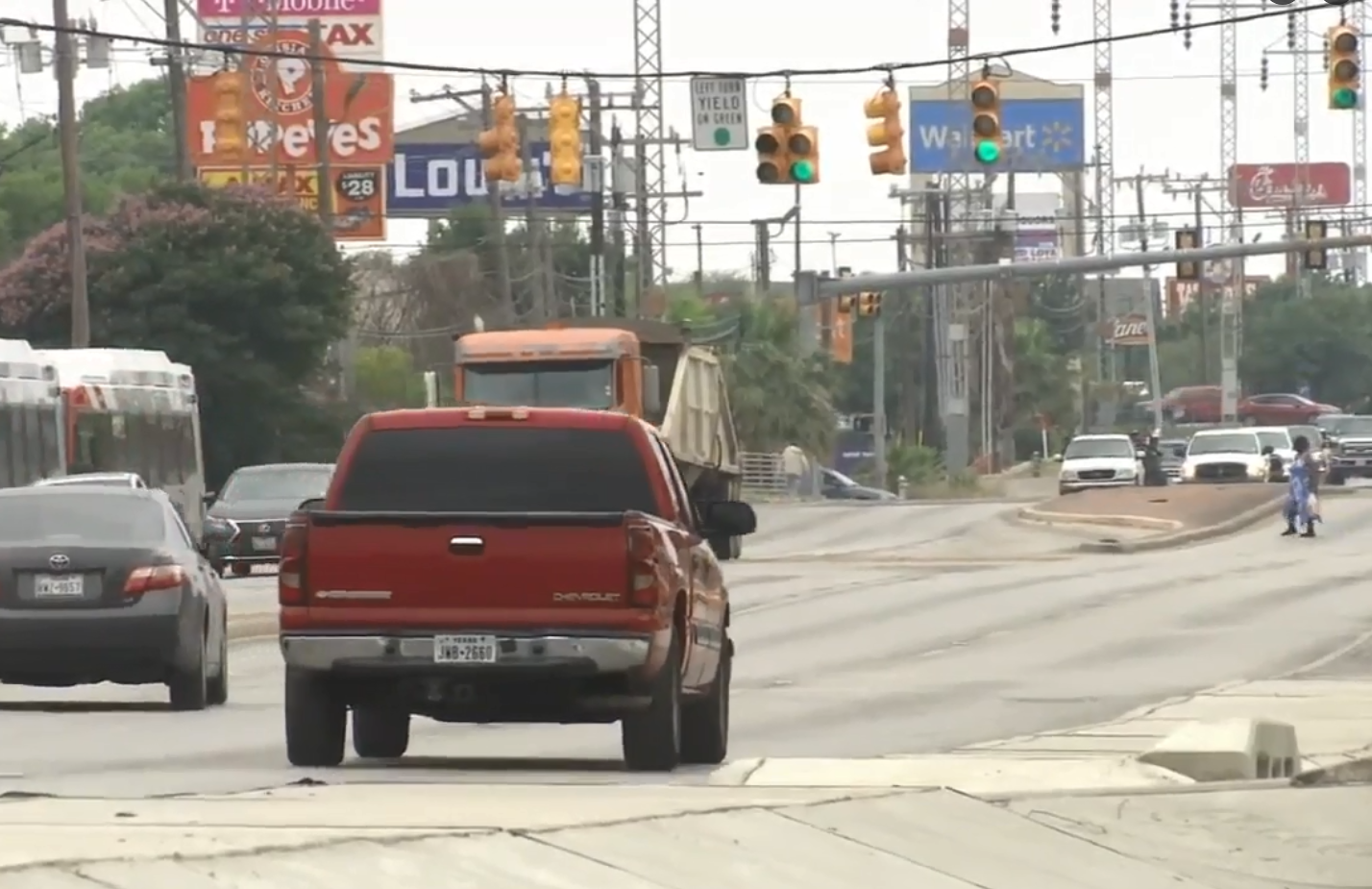
Attendees engaged in discussions at three of eight themed-tables: health, transportation, early childhood, food access, formal education, green space, community leadership, and out-of-school time.
Groups at tables discussed agencies, organizations, and groups already infusing nature into their services, as well as gaps in service, barriers to access service, and areas that are underserved.
Transportation was the most common barrier addressed.
This isn’t too surprising in a city with a BikeScore of 42 and a WalkScore and TransitScore below 40.
The group also provided input on opportunities for data collection.
With so many incredible advocates already working toward these local issues, the Salud America! team is looking forward to helping identify projects and policy opportunities where we can make the most impact in improving equitable access to nature.
“Moving forward, it is important that all stakeholders stay focused on comprehensive strategies and policies to improve equitable access to nature for San Antonio youth, particularly when it comes to transportation barriers,” said Dr. Amelie G. Ramirez, director of Salud America! at UT Health San Antonio.
How Can You Get Involved?
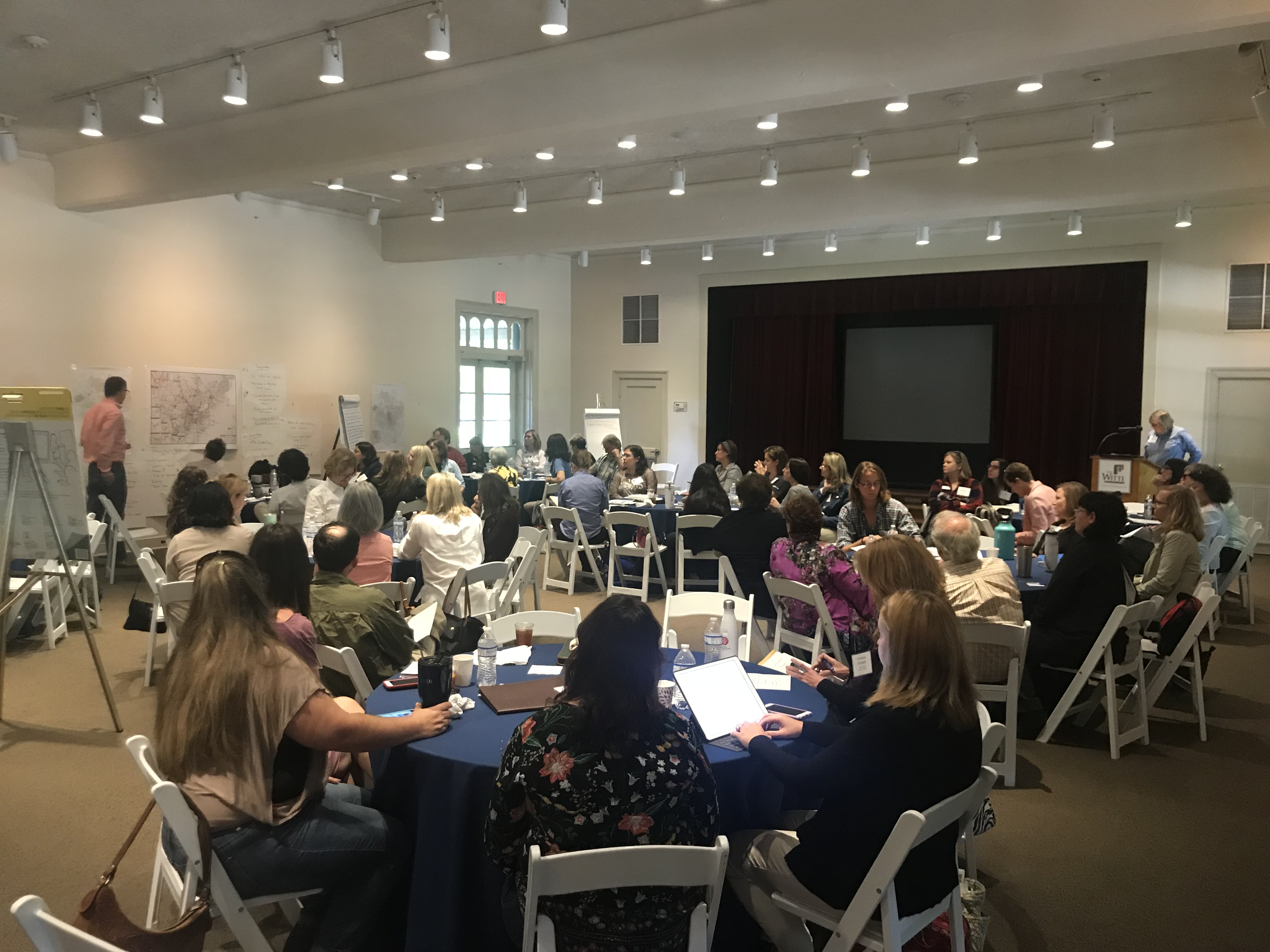
The Cities Connecting Children to Nature Initiative isn’t a project or program; it is changing the system.
Whether you live in San Antonio or not, you can help change the system in your city or school district.
Join or start the conversation to integrate access to nature with other city functions and agencies, like schools, early child learning, afterschool, summer youth employment, transportation, workforce development, libraries, and water and sewer.
Contact your local representatives, join a neighborhood association, and attend an advisory board meeting. Advisory boards and commissions serve as a bridge between community and government.
Email us and share your thoughts on San Antonio’s new plans for green spaces!
By The Numbers
33
percent
of Latinos live within walking distance (<1 mile) of a park


